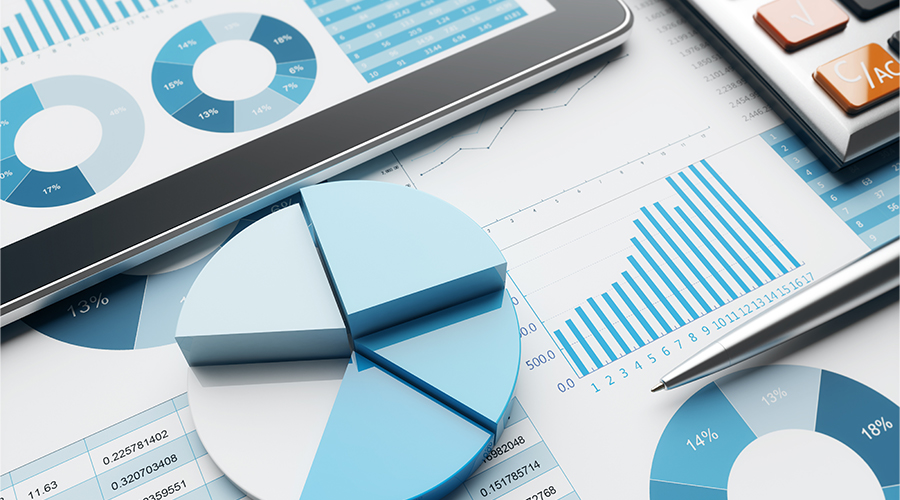
Image Source: Google
Effective decision-making is crucial for the success of any organization, and having the right data analysis software can significantly impact the quality of those decisions. There are several top data analysis tools available in the market, each offering unique features and capabilities to help businesses make informed decisions. In this article, we will compare some of the top data analysis software to help you choose the best tool for your organization.
One of the most popular data analysis software in the market is Tableau. Tableau is known for its user-friendly interface and powerful visualization capabilities. It allows users to create interactive dashboards and reports, making it easier to analyze and present data. Tableau also offers a wide range of data connection options, enabling users to connect to various data sources seamlessly. With Tableau, users can perform complex data analysis tasks quickly and efficiently, helping them make data-driven decisions in real-time.
Another top data analysis software is Microsoft Power BI. Power BI is a business intelligence tool that allows users to visualize and analyze data from various sources. It offers a wide range of data connectors, making it easy to import data from different sources into the platform. Power BI also provides powerful data modeling capabilities, enabling users to create relationships between different data sets. With Power BI, users can create interactive reports and dashboards to gain valuable insights from their data, helping them make informed decisions to drive business growth.
When it comes to statistical analysis, R is one of the top choices for data scientists and statisticians. R is a powerful programming language and software environment specifically designed for statistical computing and graphics. It offers a wide range of statistical techniques and visualization tools, making it ideal for in-depth data analysis. R also has a vast community of users who contribute to its packages and resources, making it a valuable tool for data analysis. With R, users can perform complex statistical analyses and create sophisticated data visualizations to support their decision-making process.
For those looking for a more user-friendly option for statistical analysis, SPSS (Statistical Package for the Social Sciences) is a popular choice. SPSS is a powerful statistical software that allows users to analyze data using a point-and-click interface. It offers a wide range of statistical procedures, making it suitable for both beginner and advanced users. SPSS also provides advanced data visualization capabilities, enabling users to explore data and present their findings effectively. With SPSS, users can perform a variety of statistical analyses to support decision-making in various fields, including social sciences, market research, and healthcare.
Python is another popular choice for data analysis due to its versatility and robust libraries. Python is a general-purpose programming language that offers a wide range of libraries for data manipulation, analysis, and visualization. Some of the most popular libraries for data analysis in Python include Pandas, NumPy, and Matplotlib. Python is widely used by data scientists and analysts for tasks such as data cleaning, exploration, and modeling. With Python, users can perform a wide range of data analysis tasks efficiently, making it a valuable tool for effective decision-making.
Lastly, SAS (Statistical Analysis System) is a comprehensive software suite that offers a wide range of tools for data analysis and business intelligence. SAS provides advanced analytics capabilities, enabling users to perform complex statistical analyses and predictive modeling. It also offers data management and visualization tools, making it a powerful platform for data analysis. SAS is widely used in industries such as finance, healthcare, and marketing for tasks such as fraud detection, risk management, and customer segmentation. With SAS, users can gain valuable insights from their data to make informed decisions that drive business success.
In conclusion, the right data analysis software can make a significant difference in the quality of decisions made by an organization. Whether you are looking for powerful visualization capabilities, statistical analysis tools, or user-friendly interfaces, there are several top data analysis software options to choose from. By comparing the features and capabilities of each tool, you can select the best software for your organization's specific needs and goals, ultimately helping you make more informed and effective decisions to drive business growth and success.
